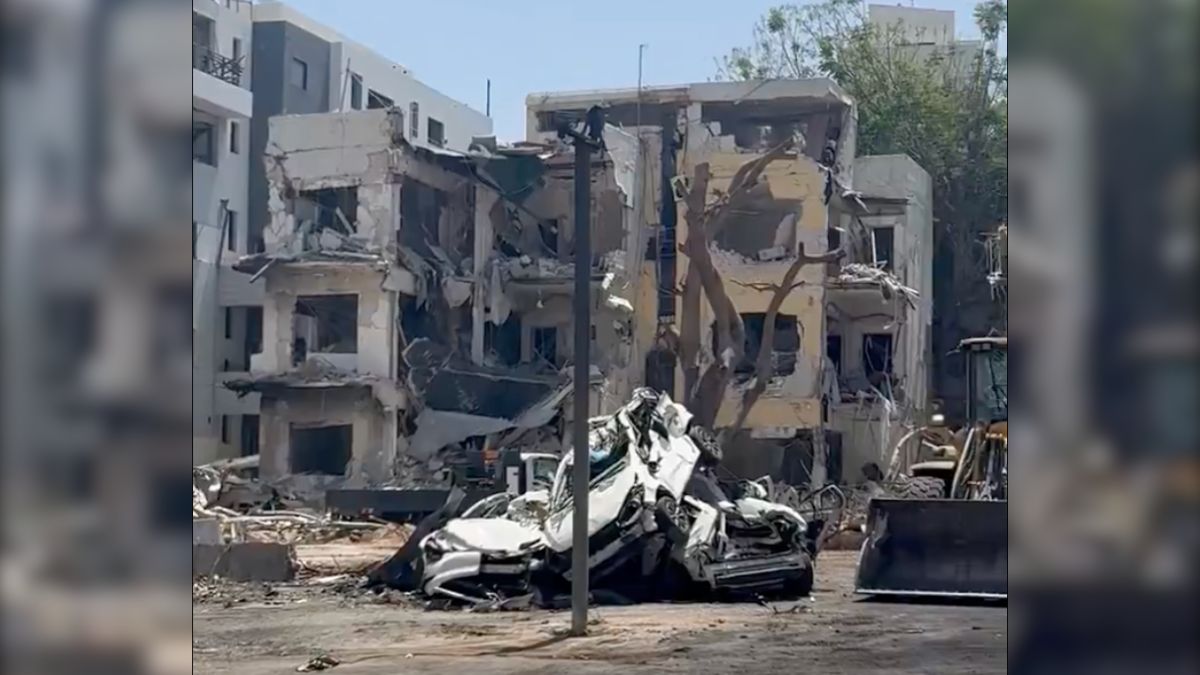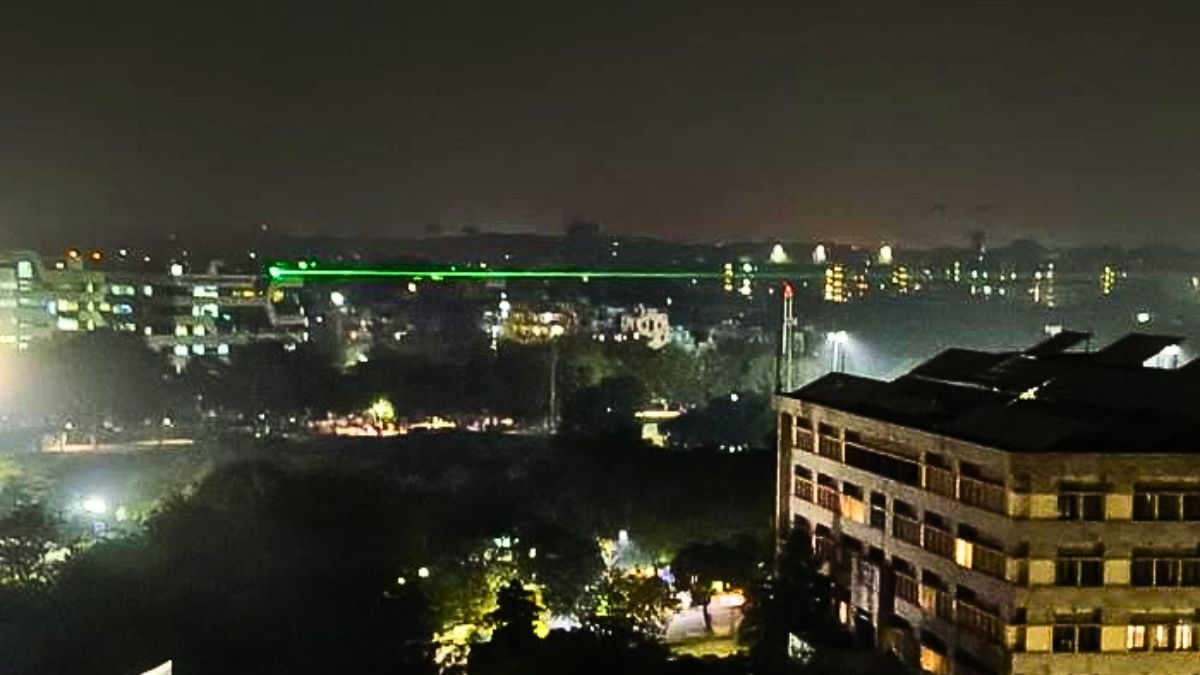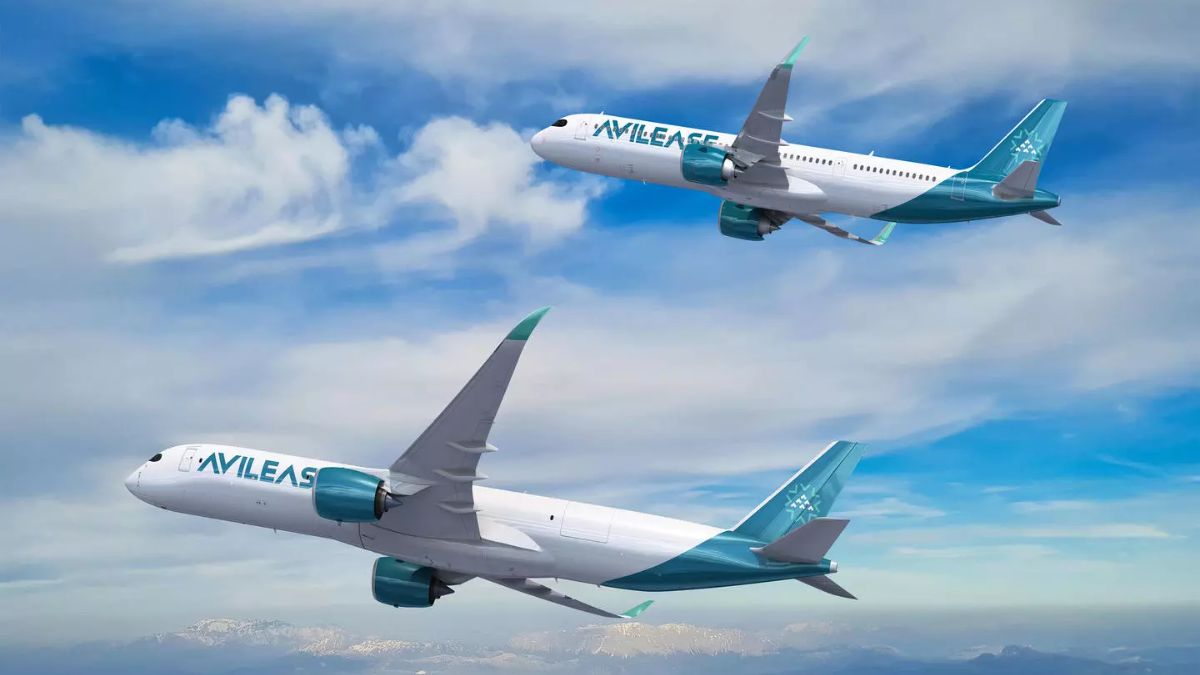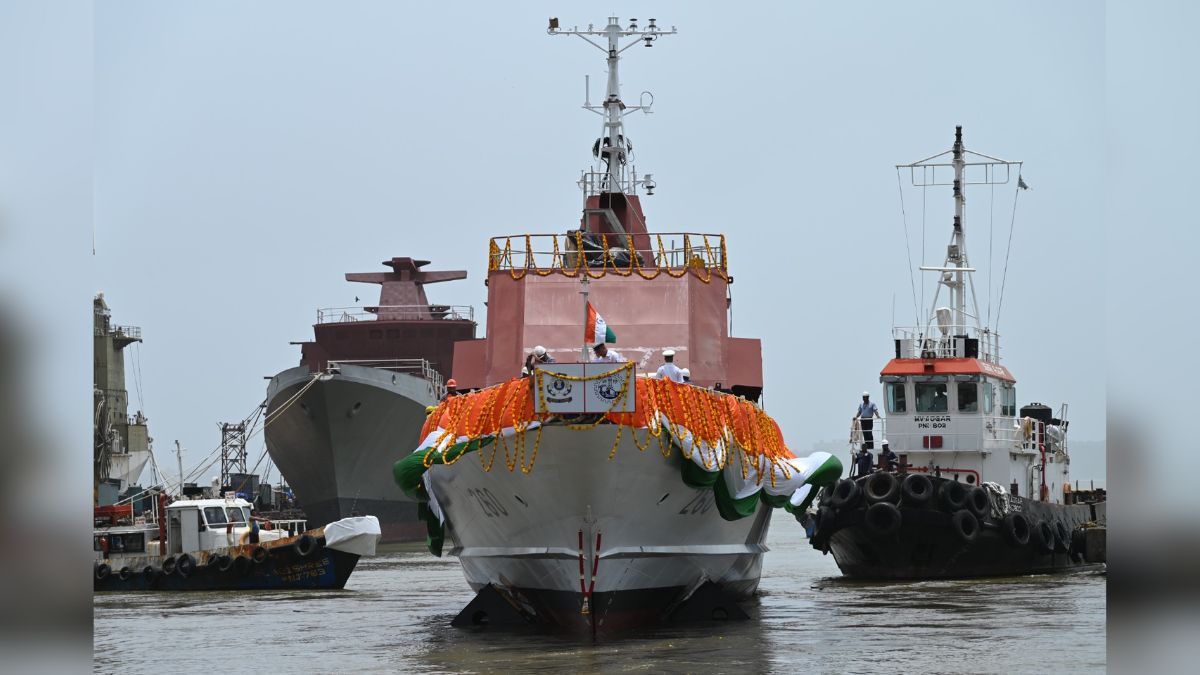India’s MDL and HSL Sign Strategic Pact to Bolster Submarine Production Across Both Coasts

The Indian Navy is expected to require around two dozen submarines to meet its strategic requirements. Image courtesy: HSL
In a significant move to enhance India’s indigenous submarine manufacturing capacity, Mazagon Dock Shipbuilders Limited (MDL) and Hindustan Shipyard Limited (HSL) have signed a Memorandum of Understanding (MoU) to jointly execute future submarine projects. The partnership is a strategic step toward achieving dual-coast submarine production capability— one on the west coast (Mumbai-based MDL) and the other on the east coast (Visakhapatnam-based HSL).
The collaboration is set to accelerate delivery timelines, reduce dependence on a single shipyard, and improve India’s ability to maintain long-term undersea deterrence amid growing regional maritime challenges.
How many submarines does the Indian Navy require?
The Indian Navy is projected to need around two dozen submarines in the coming years to maintain a credible undersea presence in the increasingly contested Indo-Pacific region. The MDL–HSL partnership directly addresses this strategic goal by enabling simultaneous submarine construction across both the western and eastern coasts, significantly improving India’s production capacity, timelines, and operational readiness.
Why is the MDL-HSL MoU important for India’s defence strategy?
Relying solely on one production line, such as the one at MDL, is no longer feasible to meet future operational timelines.
This MoU creates the framework for dual-yard submarine construction, enabling India to build and maintain submarines on both coasts. The strategy will:
- Enhance production rates
- Mitigate operational and supply chain risks
- Improve readiness and deployment flexibility
- Strengthen indigenisation under the Aatmanirbhar Bharat initiative
This development aligns with long-standing recommendations — including those made by a Vice Admiral-led committee in 2012 — to expand India’s submarine-building base beyond MDL and fully leverage HSL’s untapped potential.
What do MDL and HSL bring to the table?
MDL, India’s leading submarine manufacturer, has a legacy of building:
- Shishumar-class submarines (German HDW design)
- Scorpene-class submarines (French design under Project 75)
MDL is completing deliveries under Project 75 and is expected to play a central role in the future Project 75(I) programme. Its partnerships with global defence majors and its sophisticated production infrastructure make it the country’s most experienced conventional submarine builder.
HSL has an impressive record in submarine refits and upgrades. It is the only Indian shipyard to have:
- Completed a mid-life upgrade of a submarine (INS Sindhukirti) in 2015
- Delivered a normal refit of INS Sindhuvir ahead of schedule in 2020
Is currently progressing on the refit of INS Sindhukirti, which has already completed two surface sorties and is expected to begin full-power sea trials by month-end
HSL’s location in Visakhapatnam provides logistical and industrial advantages, including access to:
- A large skilled vendor base
- Lower transportation costs
Proximity to key partners such as Larsen & Toubro, involved in India’s Advanced Technology Vessel Programme (ATVP)
The MoU enables complementary strengths— MDL’s manufacturing legacy and HSL’s refit and repair expertise— to be integrated into a national submarine ecosystem.







